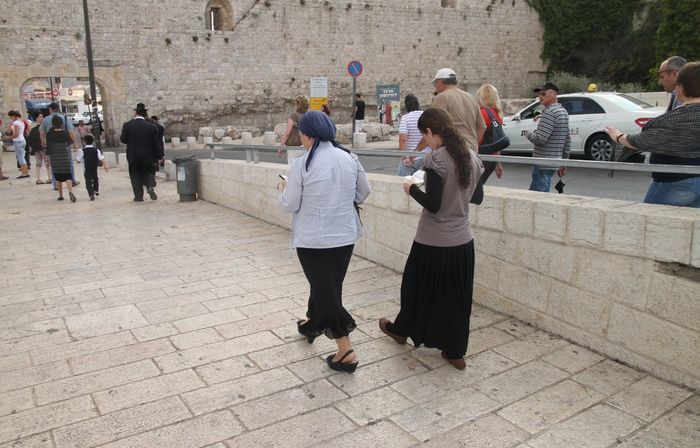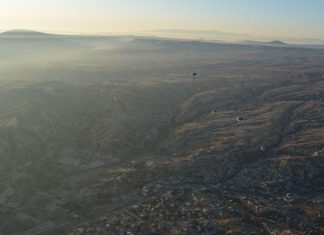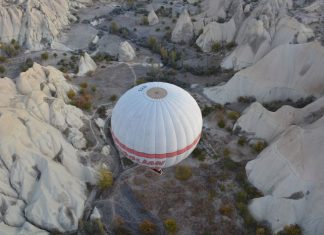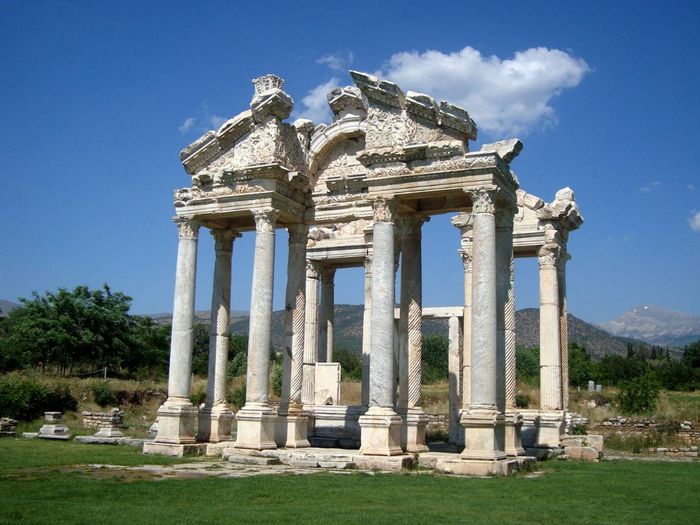There are several reasons to believe that the Golden Gate (Porta Aurea) was built during the reign of Theodosius the Great. One strong piece of evidence is the statue placed above the gate. It was a statue of Theodosius the Great, not of his grandson Theodosius II, who built the famous Theodosian Walls.
Another clue is the group of elephants that once decorated the gate. These elephants were believed to represent those that pulled the emperor’s chariot during his triumphal return to Constantinople. Such details support the idea that the gate was built to celebrate his victory and return, likely around 389–391 AD Decorative Art of the Golden Gate.
An Objection How Could It Be Called a “Gate”?
However, not everyone agrees with this theory. One major question is about the wording of the inscription, which calls the structure a “gateway” (Latin: qui portam construit auro – “he who built the gate with gold”).
Why is this a problem? Because during the time of Theodosius the Great, the city walls that surround the Porta Aurea today did not yet exist. These walls were built later, by his grandson, Theodosius II, in 413 AD. So how could this arch have been called a gate if it was not part of a wall?
Possible Explanations
There are a few ideas that might explain this confusion:
1. Broader Meaning of the Word “Gate”
Perhaps the term “porta” (gate) was used more loosely than we think. It might not have meant a gate in a wall, but instead a grand entrance point or ceremonial passage. This would not be the only example of such usage in Roman architecture Ephesus Sightseeing Tours.
2. Expansion of the City
Another possibility is that by the time of Theodosius the Great, Constantinople had grown beyond the original Constantinian Walls. The city may have expanded to the area near where the Golden Gate now stands. In that case, the arch would mark the beginning of a suburban district, making it feel like an entrance to the extended city.
3. Early Fortifications or Symbolic Meaning
It’s also possible that the area had temporary or lighter defensive works. These could have made the arch function like a gate, even if there were no large stone walls yet.
Or perhaps the Golden Gate was symbolic—a sign of future development. One ancient scholar, Themistius, even predicted that the growing city would need new walls. So maybe the arch was built with the future in mind, showing where those new walls should eventually stand.
A Gateway of Vision and Triumph
In conclusion, while there is a real debate about how the Porta Aurea could be called a “gate” before the surrounding walls were built, there are several logical explanations. Whether it was due to changing language, urban growth, temporary defenses, or imperial vision, the Golden Gate still served as both a triumphal arch and a gateway into the future of Constantinople.








